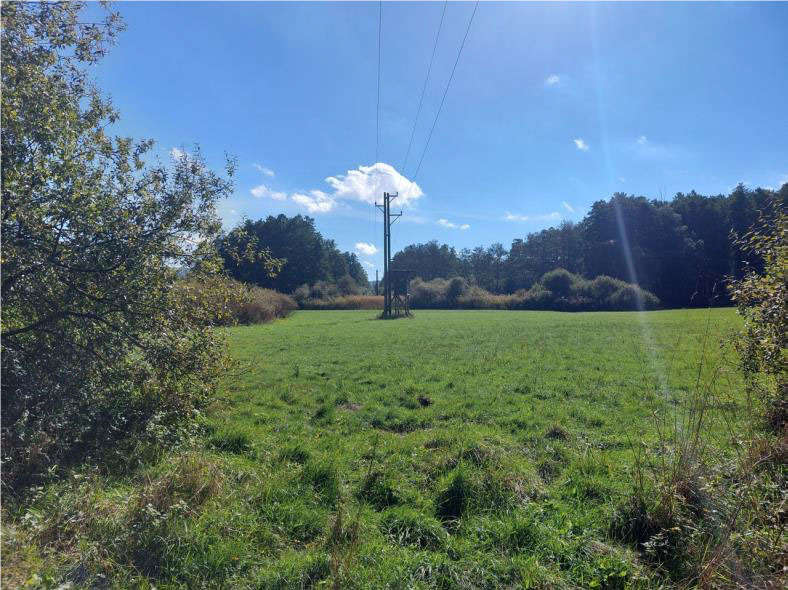Approval planning: ensuring transparency along the line
The numerous line modernisation projects throughout Germany are key pillars of the energy transition. These measures are designed to ensure that the existing networks are more robust against failure – and the projects to upgrade the overhead power lines for Pfalzwerke Netz AG in Rhineland-Palatinate and Saarland are no exception. A ring connection will be implemented to enhance the fail safety of the network, with the old infrastructure being dismantled to make way for brand-new structures that comply with the latest (environmental) requirements.
But any scheduled renovation and/or construction work for upgrading the network cannot be performed without prior approval planning, and it is precisely this task that CeGIT – a unit within the CityNetworks & Grids operational division of SPIE Deutschland & Zentraleuropa – has been commissioned by Pfalzwerke Netz AG to perform. It includes everything from conducting easement negotiations with the private landowners along the line to entering the line rights in the land register. The Hockenheim-based experts from SPIE are also responsible for planning road and waterway crossings and the pylons in the natural habitats for flora and fauna as well as for appraising the condition of the line.
“In projects of this size, it is essential that every aspect of line rights along the line – including aspects concerning environmental protection – are clarified before our network expansion specialists can set to work. In this case, flooding and environmental protection is a particular challenge. We must be able to rely on the plans one hundred percent – and thanks to SPIE, our partner of many years, this has never been a problem,” says Thomas Müller, the competent project manager for Pfalzwerke Netz AG.
“To ensure that this cross-state line upgrade project progresses as efficiently as possible, our team is supporting the customer in all aspects relating to approval planning. This is why it is important to reach out to and involve all stakeholders – from the relevant authorities to the adjoining landowners – early on, professionally and on equal terms,” says Christoph Schobess, the competent project manager for CeGIT.
Factoring in protected water and nature conservation areas
What makes these projects especially challenging is that the 20 kV line passes through protected areas such as the Bliesgau biosphere reserve and alongside waterways such as the Schwarzbach and Blies. So when choosing suitable locations for the overhead line pylons, the planners have to factor in waterway crossings, flood retention areas and numerous other nature conservation aspects in order to meet the official requirements of two federal states.
“The proximity to waterways means that we also have to take account of water-dwelling bird species, which, according to both the Federal Act for the Protection of Nature and the European Union, are protected, meaning that we also have to factor in regulations at this level too,” says Dr Stefanie Flethe, a graduate biologist at CeGIT, talking about the complex circumstances on the ground.
The soil conditions also have to be factored into the structural analysis of the 20 kV pylon foundations in order to ensure that the power supply is not disrupted even during flooding.
Involvement of multiple SPIE units
The comprehensive expertise of CeGIT on the ground and collaboration with other SPIE units such as the structural analysis team in the High Voltage operational division and the Alsfeld engineering geology team in the CityNetworks & Grids operational division ensure that these projects implemented on behalf of Pfalzwerke Netz AG progress without interruption. The construction work performed by Pfalzwerke Netz AG in the first project phase came to a successful conclusion in November. The overall project is scheduled to end with the completion of the third project phase in summer 2023.


